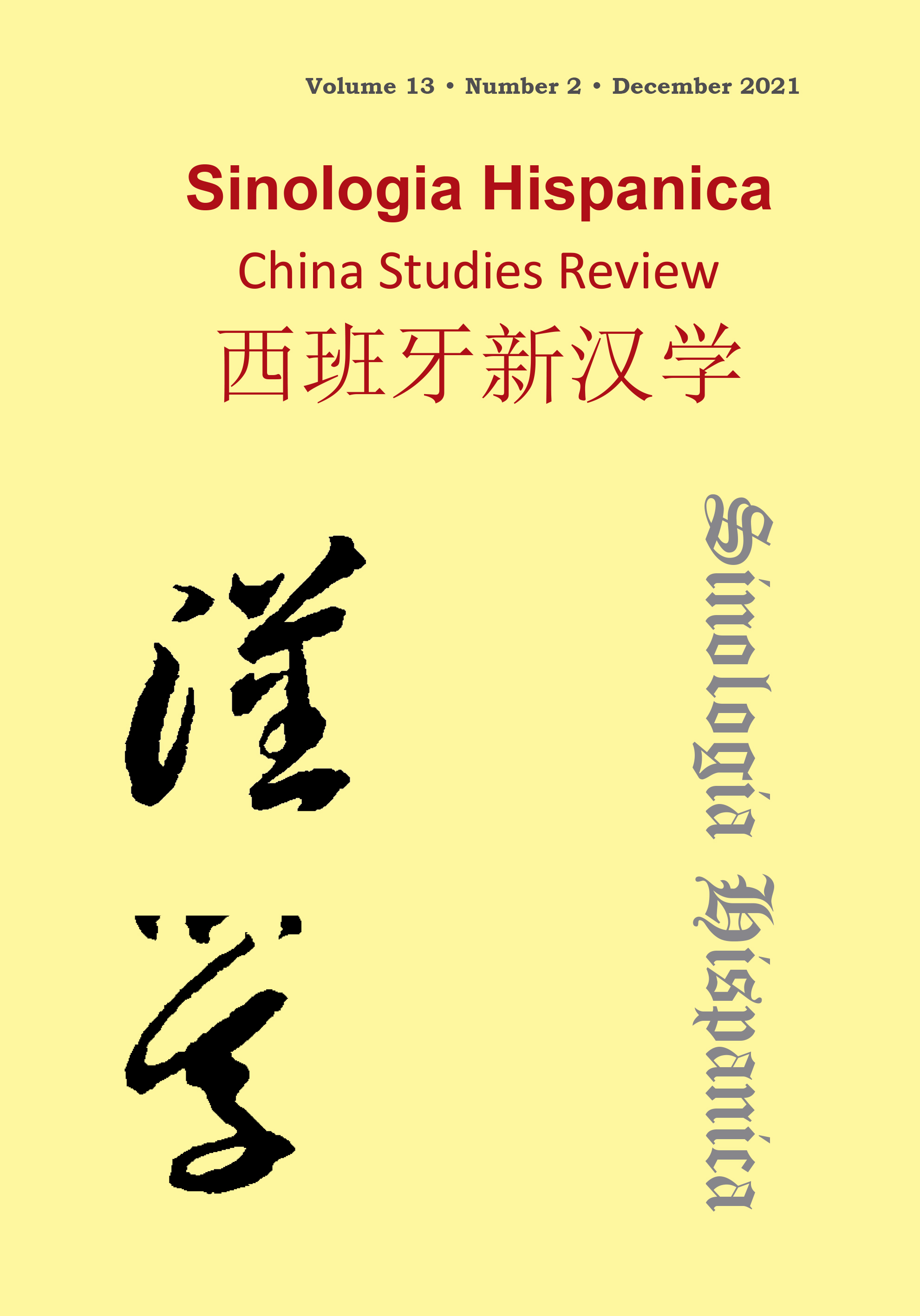Border governance in ancient China-study between 2070 B.C.-1279 A.D.
DOI:
https://doi.org/10.18002/sin.v13i2.7234Palabras clave:
Border Governance, Ethnic Minorities, Central Dynasty.Resumen
This article provides a study of border governance in ancient China. It interprets the state of domination in ethnic minorities areas by the central feudal dynasty government between 2070 B.C-1279 A.D which is recognized among the relevant academic community in China. In this multi-ethnic country with a long history of feudal dynasty, many ethnic minorities live on the borders of China, thus the central feudal dynasty has faced complicated problems of simple border governance in this vast land. Although feudal dynasties in various periods of Chinese history differed in the content of border governance, their governance systems were of the same origin and were constantly improving. Theauthor strives to interpret the border governance model at each historical stage, in order to order
a clear historical context and provide a window for Spanish-speaking sociologists to understand the
governance of ethnic minorities in ancient China.
Descargas
Métricas alternativas
Descargas
Publicado
Cómo citar
Número
Sección
Licencia
Derechos de autor 2022 Liu Geliang

Esta obra está bajo una licencia internacional Creative Commons Atribución-NoComercial-CompartirIgual 4.0.
Sinologia Hispanica. China Studies Review considers all manuscripts on the strict condition that
- The authors grant on a nonexclusive basis the exploitation rights (reproduction, distribution, public communication and transformation) of the work accepted for publication to the University of León. The authors can establish, on their own, additional agreements for the non-exclusive distribution of the version of the work published in the journal (for example, placing it in an institutional repository or publishing it in a book), always acknowledging the initial publication in this journal.
- The manuscript is your own original work, and does not duplicate any other previously published work, including your own previously published work.
- The manuscript is not currently under consideration or peer review or accepted for publication or in press or published elsewhere.
- The manuscript contains nothing that is abusive, defamatory, libellous, obscene, fraudulent, or illegal.
- Please note that Sinologia Hispanica uses Turnitin software to screen manuscripts for unoriginal material. By submitting your manuscript to Sinologia Hispanica you are agreeing to any necessary originality checks your manuscript may have to undergo during the peer-review and production processes. Any author who fails to adhere to the above conditions will be rejected.
- Authors are allowed and encouraged to electronically disseminate the pre-print versions (version before being evaluated) and / or post-print (version evaluated and accepted for publication) of their works before publication, since it favors their circulation and earlier dissemination and with it a possible increase in its citation and scope among the academic community.
Sinologia Hispanica is under Creative Commons Attribution-NonCommercial-ShareAlike 4.0 International License. You can read more about this license in versión informativa and texto legal.








